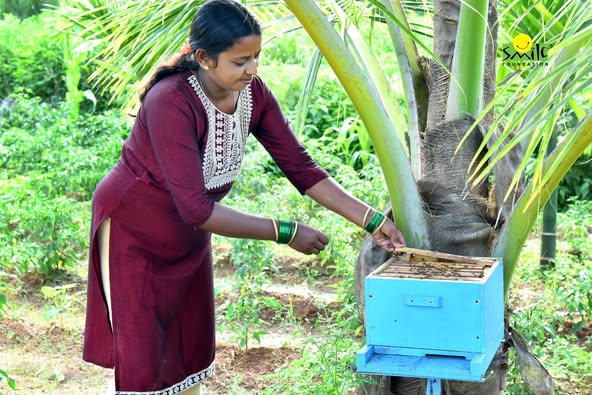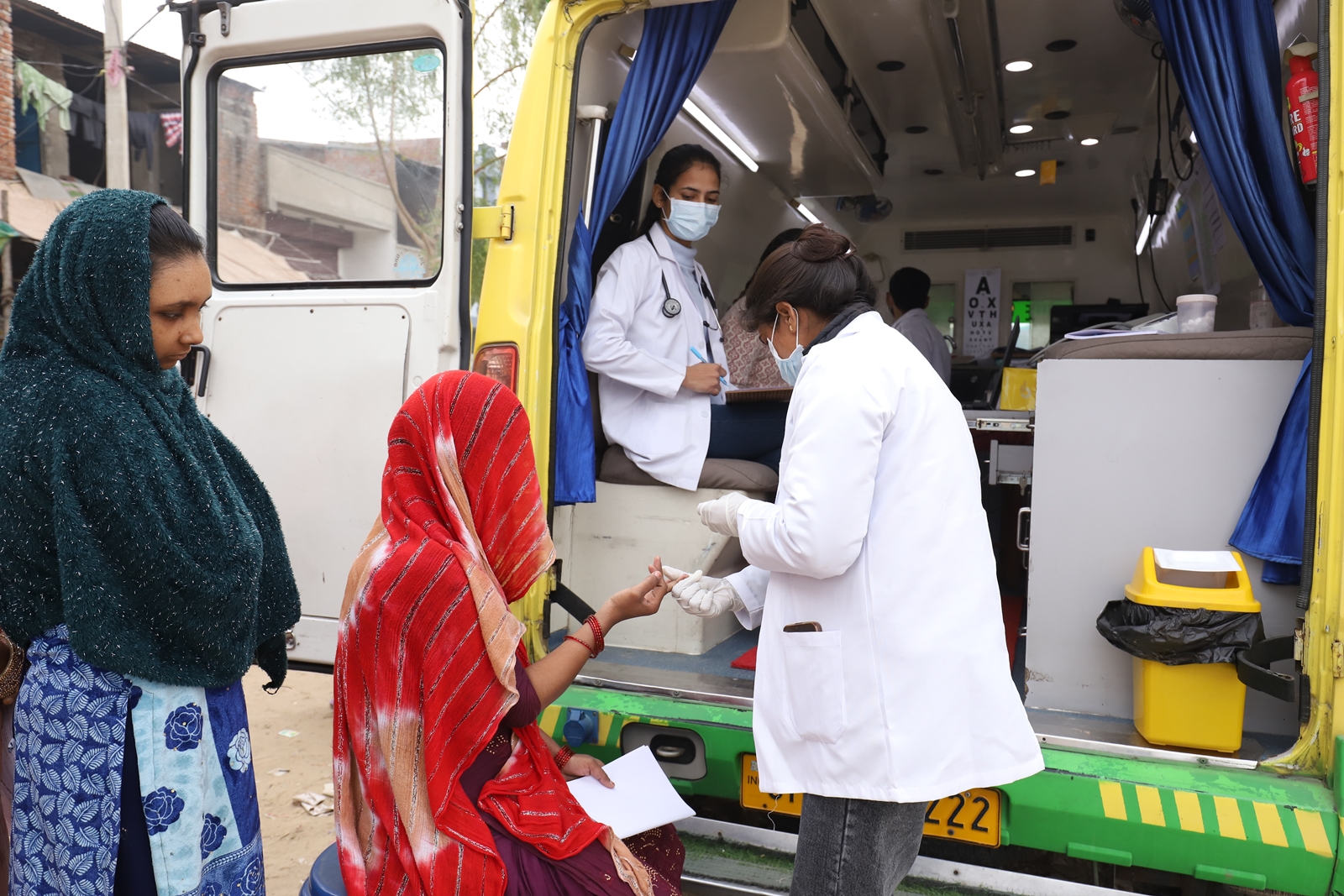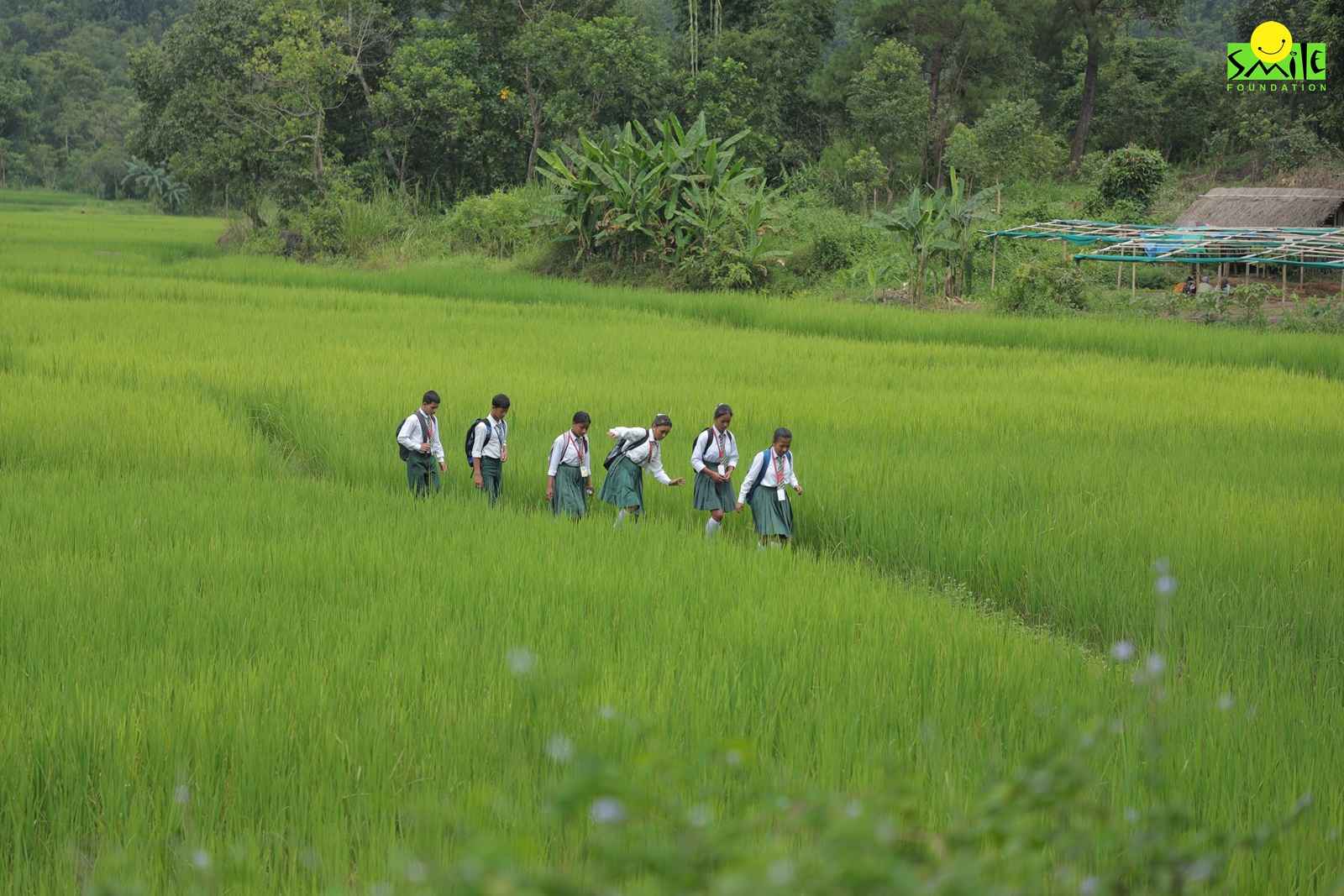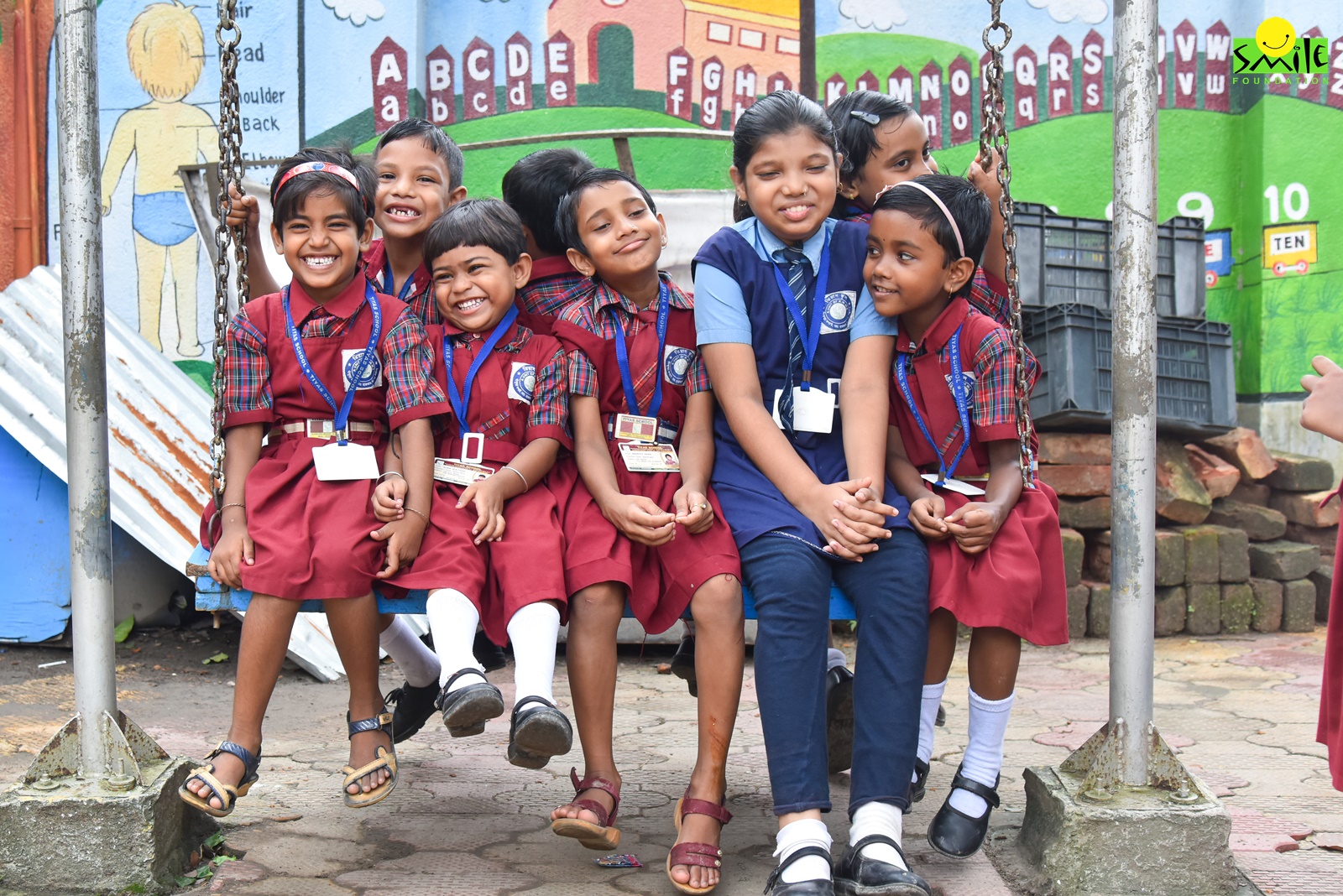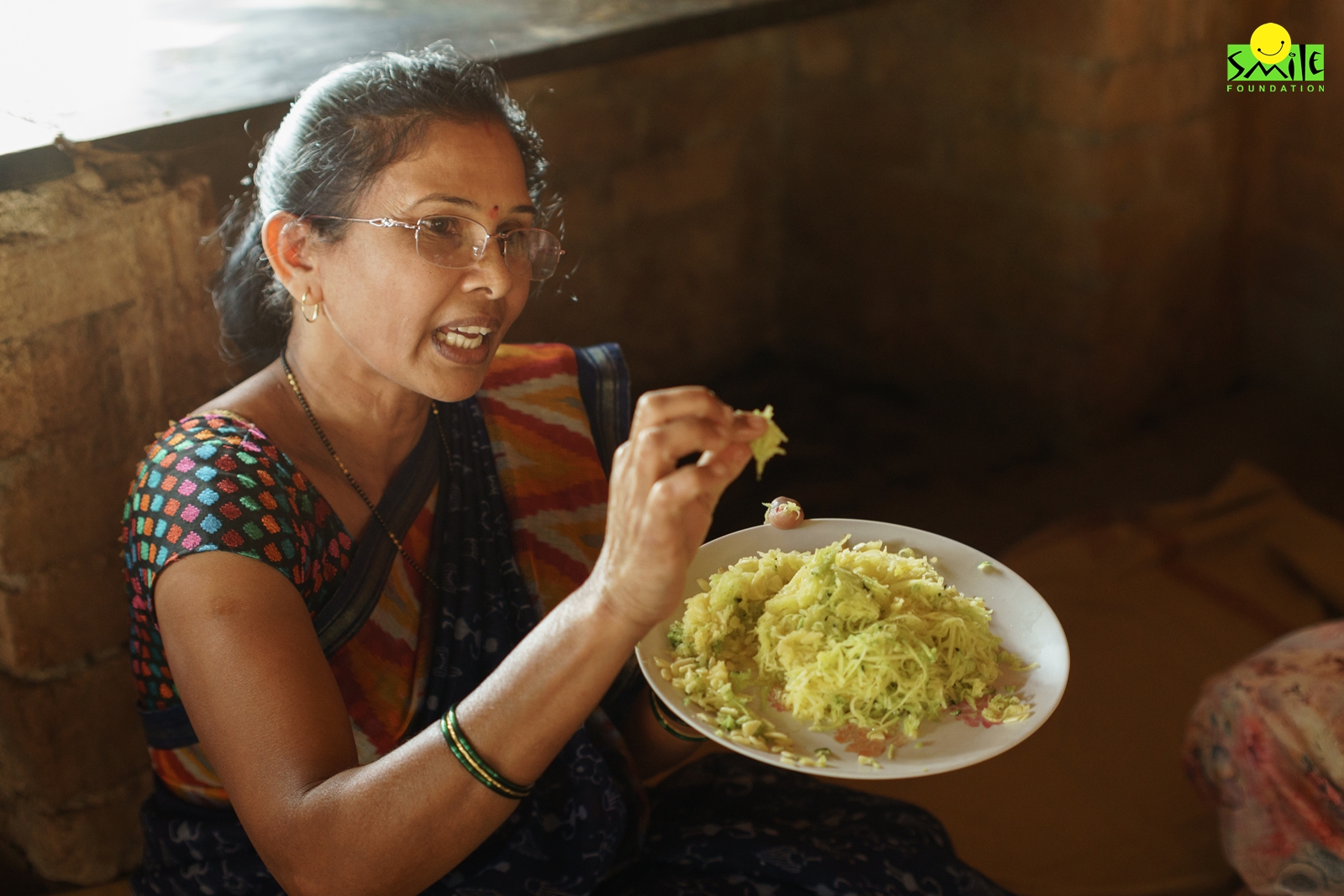The International Day of the Girl Child celebrated annually on October 11, serves as a reminder that girls across the globe are still fighting for their basic rights. The day was established by the United Nations in 2012 to address the unique challenges girls face and to promote their empowerment and fulfilment of human rights. Worldwide, girls face a myriad of issues ranging from education inequality to child marriage, gender-based violence, and limited access to healthcare. Let’s take a hard look at the world we’ve created for our girls and the systemic hurdles that continue to hold them back.
Being Born a Girl
According to UNICEF, approximately 129 million girls remain out of school worldwide. This deprivation of education limits their prospects, not just in terms of employment, but in the ability to break free from cycles of poverty and inequality. In low-income countries, where education infrastructure is often inadequate, girls are especially disadvantaged. Cultural norms and poverty force many to drop out of school, often leading to early marriages.
In conflict zones, as in Syria and Afghanistan, girls are even more vulnerable. Political instability, terrorism and restrictive regimes such as the Taliban in Afghanistan, which has banned girls from attending secondary schools, are robbing millions of young girls of their right to education and freedom.
The Indian Context: A Paradox of Progress and Prejudice
In India, the picture is both hopeful and concerning. On one hand, India has made significant strides in improving the status of girls, especially through initiatives like Beti Bachao, Beti Padhao, which translates to ‘Save the Girl Child, Educate the Girl Child.’ Launched in 2015, this programme aims to tackle issues such as the declining child-sex ratio and gender-based discrimination in education. The latest reports suggest an improvement in the sex ratio at birth from 899 girls per 1,000 boys in 2016-18 to 1020 in 2019-21. Additionally, female literacy rates have been climbing steadily, currently at 70.3% according to the National Statistical Office.
However, these successes are marred by deep-rooted societal issues. Despite legal bans, child marriage remains high in West Bengal, Bihar, and Tripura, with 40% of women aged 20-24 married before 18, causing early pregnancies and higher maternal and infant mortality rates. While educational opportunities for girls are improving in urban areas, rural regions still struggle with barriers like poor infrastructure and patriarchal norms.
The Grim Reality of Gender-Based Violence
Gender-based violence continues to be one of the most pressing issues affecting girls worldwide. A report by the United Nations states that 1 in 3 women experience physical or sexual violence in their lifetime, with many incidents occurring before the age of 18. In India, the National Crime Records Bureau report also reveals that the crime rate against women rose from 56.5% in 2020 to 64.5% in 2021, with a significant number more going unreported due to social stigma and fear of retribution.
The recent RG Kar Medical College case, a young lady being sexually assaulted and murdered, serves as a chilling reminder of the pervasiveness of gender-based violence, even in educational and healthcare institutions that should be safe spaces. This incident is not an isolated one; it is a glaring symptom of a larger issue that plagues our societies globally. From the hospital of Kolkata to the classrooms of Afghanistan, the girl child faces barriers in her path to realising her potential.
Furthermore, sexual violence is not limited to physical acts—it permeates the digital world too. With increased internet access, girls face a new form of threat: cyberbullying, online sexual harassment, and exploitation. This growing menace calls for stronger legal frameworks and stricter enforcement to protect girls in both physical and digital realms.
Global Initiatives: Creating Pathways for Change
The UN’s Sustainable Development Goal 5 calls for gender equality and the empowerment of all females, which includes ending harmful practices like child marriage and genital mutilation, ensuring equal access to education and providing protection from violence and discrimination. Another impactful initiative is the Global Partnership for Education, which focuses on providing access to quality education for children, particularly girls, in low-income countries. Since its inception, 160 million more children, more than half of them girls, are in school in partner countries.
Organisations like Girls Not Brides work extensively to combat early and forced marriage of girl children. Plan International’s “Because I am a Girl” campaign, launched in 2012, has already impacted millions of girls, helping them access education, healthcare and skills for employment.
Technology has emerged as a powerful tool for empowering girls by offering education, health information and vocational training, even in remote areas. In India, tech-based initiatives like the ‘Digital Beti’ programme train young girls in rural areas in digital literacy, enabling them to leverage technology for their education and future employment. Initiatives like UNICEF’s “GIGA” project aim to provide internet access to schools in underserved areas, allowing millions of girls to tap into digital learning opportunities. Such programmes have proven to be game-changers, allowing girls to access resources and opportunities previously unavailable due to geographic or financial limitations.
International Day of the Girl Child 2024: Girls’ vision for the future
Smile Foundation’s She Can Fly campaign is all about giving young girls the chance to dream big and reach their full potential. It focuses on making sure girls have access to education, healthcare and a safe environment where they can grow and thrive. The idea is simple: when girls are empowered with the right tools and opportunities, they can break through barriers and change their futures. Through this campaign, we’re not just supporting the girls themselves, but also working with families and communities to help them see how important it is to encourage and believe in the dreams of every girl.
While progress has been made in empowering girls, there is still a long way to go. Societies, governments and individuals must work together to eliminate the barriers that hinder girls from achieving their full potential. The theme for International Day of the Girl Child 2024 is “Girls’ Vision for the Future”. It emphasises the urgent need for action to show that, with proper support, resources and opportunities, the potential of the world’s 1.1 billion girls is infinite. Whether it’s ensuring access to education, providing a safe environment free of violence, or dismantling patriarchal norms, the world must do better for its girls. Let this day serve as a reminder that every girl, no matter where she is born, deserves the chance to thrive, learn and lead.




